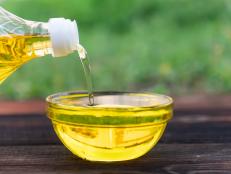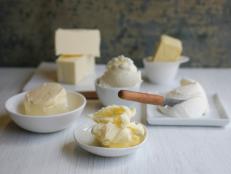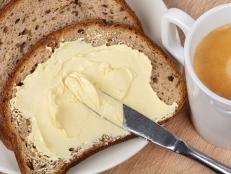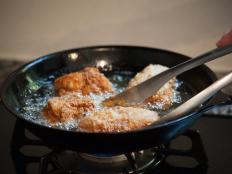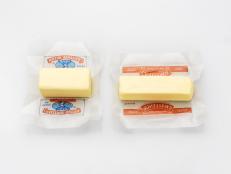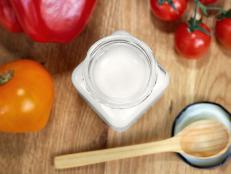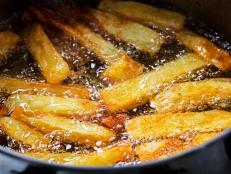What Is Lard?
Everything to know about this often misunderstood ingredient.
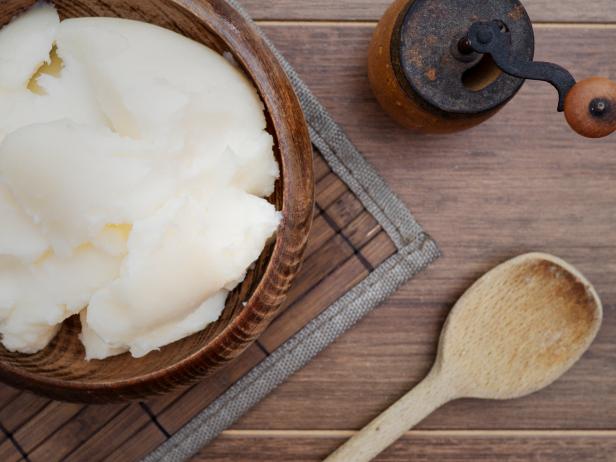
canyonos/Getty Images
By Alice K. Thompson for Food Network Kitchen
Alice is a contributing writer and editor at Food Network.
You might know and love lard, or think it sounds like an ingredient from a bygone era. Over the last century, this once-vital animal fat fell out of favor in some circles, who replaced it with oils and butter. But lard still plays prominent role in many kitchens, producing famously tender pie crusts, luscious tamales and crisp and delicious fried foods. If you've got questions, or are wondering if you should give lard a try, here’s everything you need to know.
What Is Lard?
Lard is pork fat used in cooking, frying and baking.
To make lard, you separate fat from the pig's muscle by rendering or melting it, and then typically filter or process it to remove impurities and give it a neutral, not overly “porky” flavor. Lard is solid and white or ivory when cold or room temperature, and becomes a clear liquid when heated. It’s usually sold in blocks or tubs; fresh lard is refrigerated, while hydrolyzed lard is shelf-stable.
As a byproduct of hog farming, for centuries, lard was a staple fat anywhere people consumed a lot of pork. For many communities in the U.S., that changed when vegetable oils became cheaper and more readily available. Solid vegetable shortening was marketed to home cooks as Crisco in 1911 and quickly cut into lard’s dominancy for tasks like deep-frying and pastry-making. From the 1960s on, health risks associated with animal fats further eroded lard’s market share.
But, over the last few decades, some have renewed their enthusiasm for lard. Interest in minimally processed fats has grown, as has openness to using every part of an animal. And comparisons between lard and other common fats have rehabilitated its nutritional profile significantly.
What Is Leaf Lard?
Made from the fat that comes from around the kidney and abdomen of the animal, leaf lard is considered the gold standard. It’s soft and smooth and has little to no “porky” flavor, making it ideal for baked goods. It’s also spreadable, making this the best lard for slathering on a piece of bread.
What Is Processed Lard?
Processed lard has been rendered, filtered and then fully hydrogenated so that it’s shelf-stable, no refrigeration required. Although it’s convenient and generally less expensive than fresh, this type of lard sometimes contains trans fats and often has additives, so read package labels carefully if these concern you.
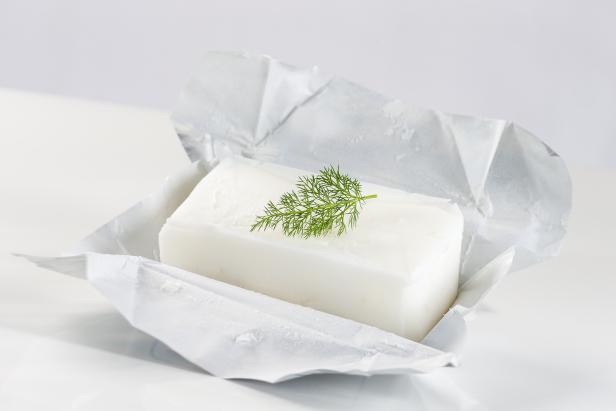
JPC-PROD/Getty Images
What Is Lard Used For?
Lard is used around the world for cooking, baking and frying. You can use lard almost anyplace you would use butter. Unlike butter, lard has a high smoke point, making it a preferred fat for deep-frying, roasting and even grilling.
Lard is used as a fat in baking to create “short,” or tender pastry like that used in pie crusts and for biscuits and cookies. Leaf lard, which has a neutral flavor and smooth texture, is excellent for baking. It’s particularly prized for making flaky pie crust. It melts at a higher temperature than butter, minimizing the chance of overmixing when it’s combined with flour. But, since many people prefer or expect the flavor of butter in crusts, some recipes call for a mixture of butter and lard.
With a smoke point of 375 degrees F, lard is considered excellent for deep-frying and is often praised for yielding particularly crispy, tasty fried food.
In Mexico and many Latin American countries, lard is the fat of choice for rich and tender tamales and empanadas. Cooks in several European countries use lard as an ingredient in sausages, patés and other meat dishes. In China, the world’s largest consumer and producer of lard, the fat is used in everything from stir-fries to buns to pastries.
Where Can You Buy Lard?
Many supermarkets and groceries carry lard, either refrigerated at the meat counter or as a shelf-stable processed product in the grocery section. Or, visit a butcher shop. They’ll usually carry at least one kind of fresh lard, and also sell fatty pork cuts that can be rendered into lard at home. Online you'll find dozens of brands and varieties of lard, including organic lard and lards with artisanal pedigrees.
Is Lard Healthy?
Lard has no trans fats and less saturated fat than butter, leading many cooks who grew up never tasting lard to give it a try. That said, a diet high in saturated fat is linked to a number of health concerns, including heart disease, so it should be consumed in moderation. The American Heart Association recommends limiting the amount of saturated fat to 5 to 6 percent of total calorie intake. Ironically, vegetable shortening, the fat that once supplanted lard in American homes, is widely consider less healthy than lard due to its high trans fat content.
As pork fat, lard is of course inappropriate for many with dietary preferences, including vegetarians, vegans and anyone who avoids pork for cultural or religious reasons.
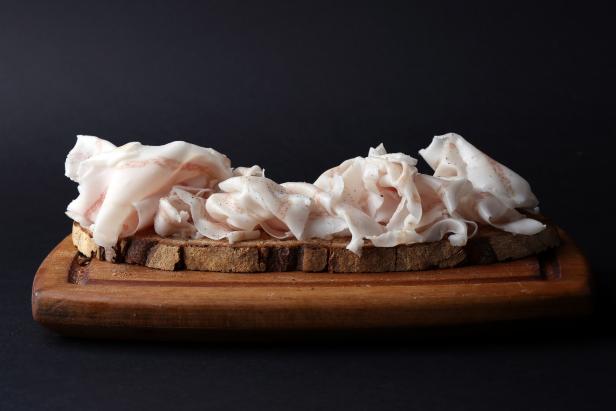
KazanovskyAndrey/Getty Images
What Is Lardo?
Lardo is an Italian charcuterie made from pork fat, usually fatback, that is spiced, cured and served shaved wafter thin. The thinness of the slices is key: They should immediately melt in the mouth, leaving a briny, buttery, herbaceous flavor. Lardo is typically served as an appetizer, often with bread, nuts or olives, although it can also be used as a garnish or melted for cooking. The most famous lardo comes from Colannata in Tuscany, but it is also made and beloved throughout northwestern Italy.
Related Links:
























